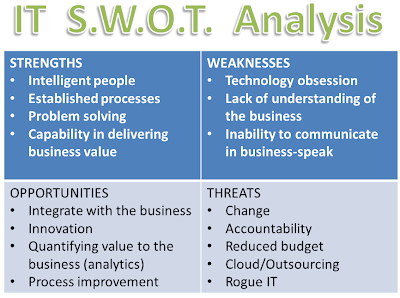A slightly off-the-way post today, but I wanted to get to the intrinsic root of demand that is driving the cloud computing and BYOD trends.
I never take buses. I prefer to walk everywhere I go. Thankfully I live in a city that is small enough to do so without having to wake up at 4 a.m. to walk to work. I planned ahead when choosing a home to take the operational costs of commuting into account when I made the CapEx purchase. There are parallels with the drivers that are pushing the cloud computing and BYOD trends.
Each day, I want to get from A to B. A being my home, B being my office. If I take a bus, I have to adhere to the bus company's schedule. Unless I fit my life around the bus timetable to suit the bus company (which I'm not going to do), then I would spend time waiting at a bus stop every day, twice a day, 5 days out of 7. Five minutes, twice a day adds up to about 40 hours a year - almost two days. Spend half an hour waiting for a bus twice a day and you've just lost 10 days out of the year. That's over £1000 for an average UK earner. Overheads. I digress.
Each day, I want to get from A to B. A being my home, B being my office. If I take a bus, I have to adhere to the bus company's schedule. Unless I fit my life around the bus timetable to suit the bus company (which I'm not going to do), then I would spend time waiting at a bus stop every day, twice a day, 5 days out of 7. Five minutes, twice a day adds up to about 40 hours a year - almost two days. Spend half an hour waiting for a bus twice a day and you've just lost 10 days out of the year. That's over £1000 for an average UK earner. Overheads. I digress.
I don't like waiting for other people before I can make progress. I hate when a task I have to complete is dependent on somebody else. The dependent task is never their top priority, so I have to go and do something else. Loose ends are not my favourite thing and standing still is not a good strategy for anything. A late bus is a failure in the 'supply chain', resulting in unproductive periods where costs are incurred ('time is money').
"Tickets please"
Sometimes when I walk to work it rains and I get wet, but because I'm not dependent on the bus service (and all its potential failure points) I get to work at a predictable time every day because it is an inherently simple process (move left foot, move right foot). Predictable progress has a cost, but also a benefit, so I don't mind getting wetting 5 days out of a hundred. Sometimes when it rains I will be passed by a bus, but this only represents the 'nice-to-have' requirements. It would be nice to be on the dry bus - but not essential. Paying for the bus every day when I would only really like to be on it a handful of days is akin to an organisation buying an on-premise IT tool with a spec far outside the scope of their current must-have requirements. Just because one day I'll no longer be able to walk isn't a reason to buy a bus today.
If the bus can't deliver a service that suits me to the very minute, then I'll take another route. The good thing about me legs is...they deliver a 100% flexible A-to-B service on demand. And they’re my own legs so I already know what they can do.
Flexible, low cost, self-service, outcomes-focused, familiar, predictable, pervasive. No contest.










